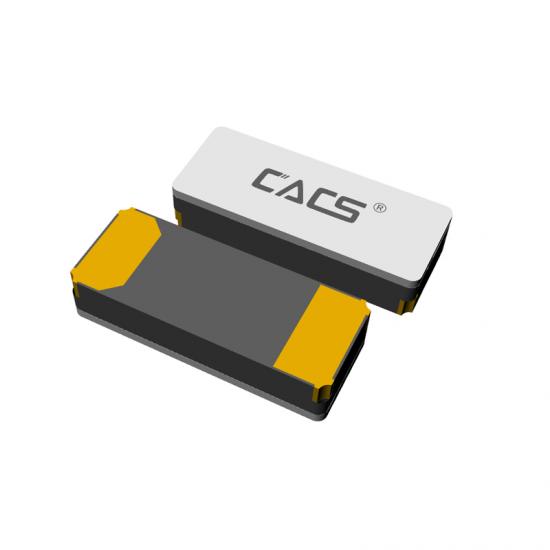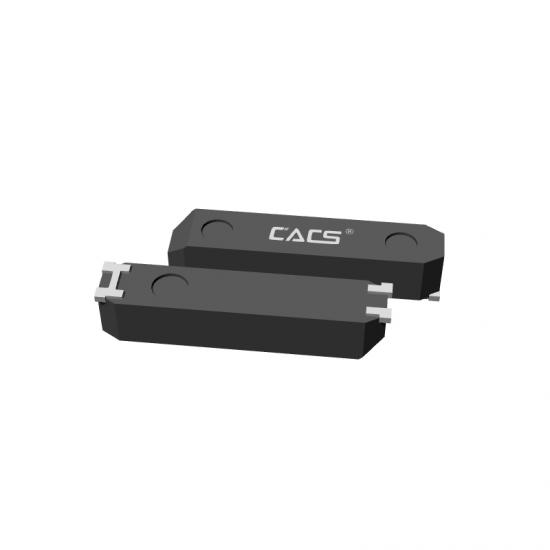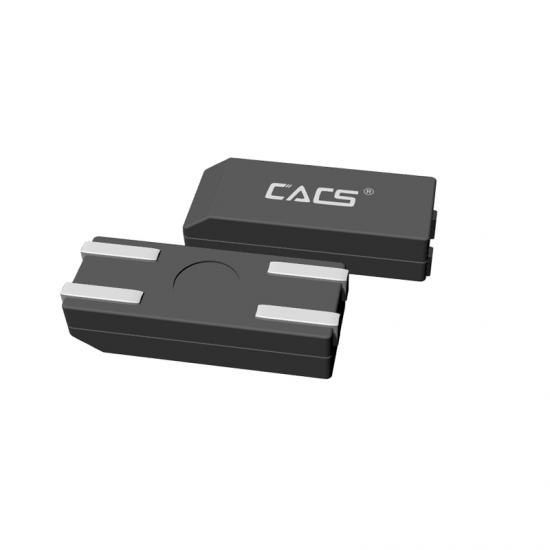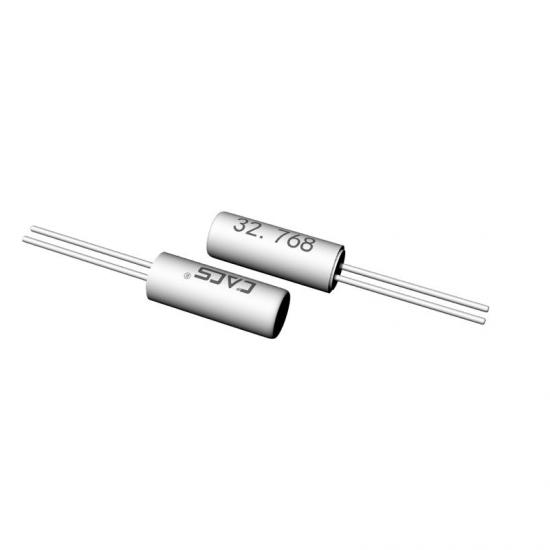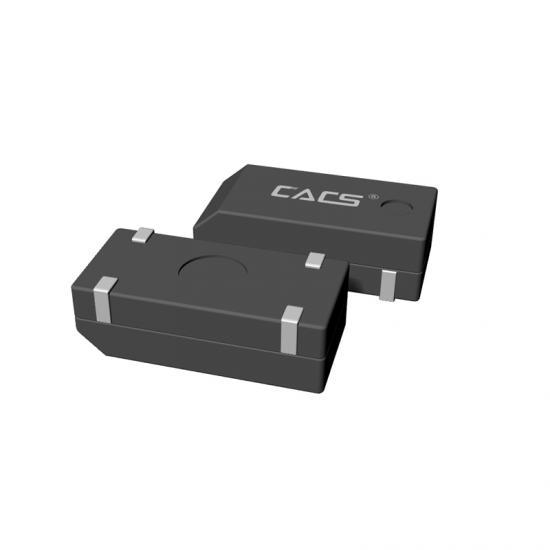Working principle of 32.768KHZ crystal oscillator
32.768kHz crystal is a commonly used clock source, especially in electronic devices. This crystal is often used in real-time clock (RTC) and timing applications, such as watches, alarm clocks, thermometers, pedometers, etc.
Working principle:
32.768kHz crystal oscillator is an oscillator that generates a stable frequency through resonance phenomenon. It usually consists of a quartz crystal and related circuits.
1. Quartz crystal: Quartz crystal is a key component of the crystal oscillator. It is a material with a highly lattice structure and stable mechanical properties. The shape of the crystal can be cylindrical or flake with electrodes on both sides, flake is more common. The size of the quartz crystal determines the stability of the oscillation frequency.
2. Oscillation circuit: The oscillation circuit drives the quartz crystal to the resonance point and provides feedback to maintain the stability of the oscillation. The oscillation circuit usually consists of an amplifier, a feedback network and a compensation circuit.
- Amplifier: The amplifier is responsible for boosting the crystal oscillator's signal to offset the damping caused by the oscillation circuit and external load.
- Feedback network: The feedback network feeds a portion of the crystal oscillator's output signal back to the amplifier to maintain the stability of the oscillation. This feedback enhances at a specific frequency and attenuates at other frequencies, so that the oscillator only oscillates at the resonant frequency.
- Compensation circuit: The compensation circuit is used to compensate for the influence of temperature, power supply voltage and crystal aging on the oscillation frequency. It can be realized by combining a temperature sensor and a dedicated circuit.
Once the oscillator is working, the quartz crystal will generate a stable oscillation signal at a frequency of 32.768kHz through the oscillation circuit. This signal can be used to drive time-related electronic devices such as RTC after passing through the frequency divider.
It should be noted that the frequency of the 32.768kHz crystal oscillator was chosen because it is 2 to the 15th power and can be easily divided by multiples of 2 to produce a lower frequency clock signal.
